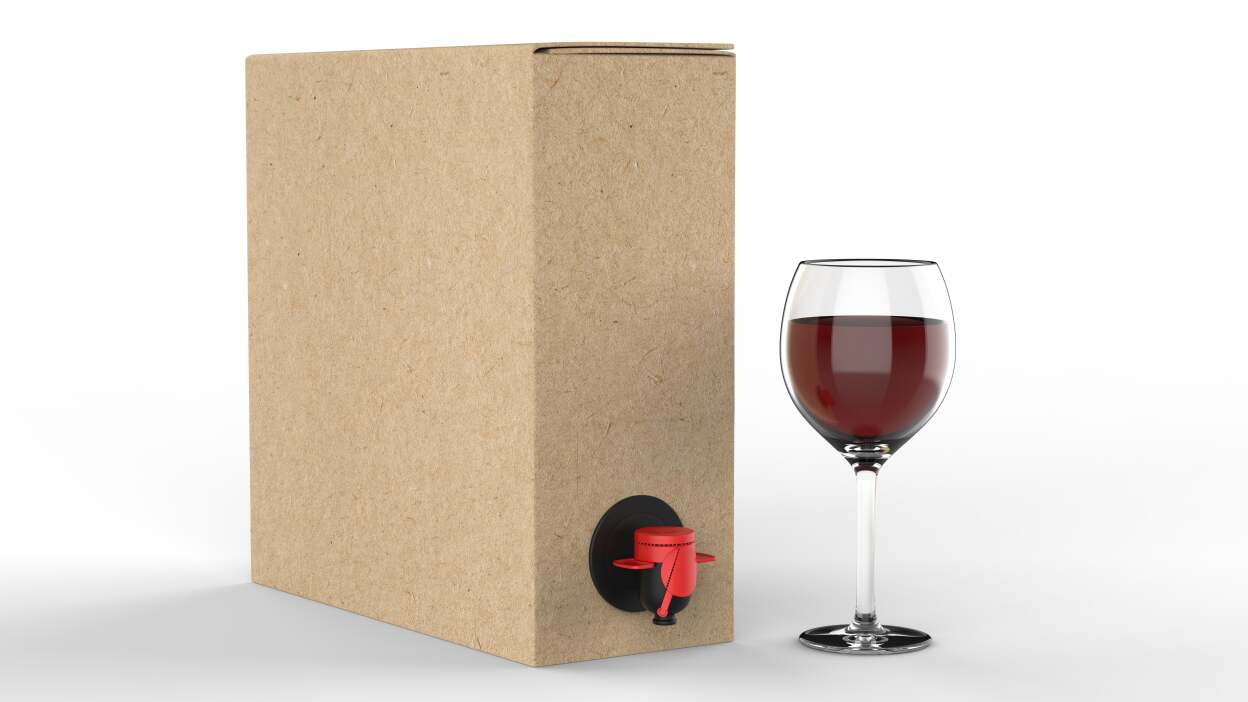Introduction
Dispensing systems are essential in licensed and catering outlets, offering a convenient and economical way to serve ready-chilled beverages without handling bottles or cans. There are two primary systems: pre-mix and bag-in-box (BIB) post-mix.
Pre-mix
Bulk stainless steel containers (approximately 18.75 US gallons) of carbonated soft drinks are supplied, and the drink is dispensed using CO2 pressure through a chiller.
Bag-in-Box (BIB) Post-mix
Concentrated syrup is received in non-returnable bag-in-box packaging, typically a 10-liter BIB. This syrup is diluted with chilled carbonated water right at the point of dispensing.
Comparing Pre-mix and Bag-in-Box Post-mix
Both systems offer unique advantages:
Pre-mix
· Maintains product quality with the manufacturer.
· Uses treated water.
· Requires basic equipment, producing about 94 servings per tank.
· Limited distribution economies.
· Containers are returnable but require careful cleaning.
Bag-in-Box Post-mix
· Depends on water quality at the outlet.
· Product composition is influenced by dispensing equipment settings.
· More complex equipment required, yielding around 320 servings per 10-liter syrup bag.
· Substantial distribution efficiencies and minimal storage space needed.
Bag-in-box systems dominate the UK market, largely due to their scalability and efficiency for larger operations.
Equipment Overview
A typical bag-in-box post-mix unit consists of:
· Water Supply: Delivered through a pressure reducer and non-return valves to a carbonator, with optional filtration for water quality.
· Carbonator: Maintains carbonation levels, using CO2 from a gas cylinder.
· Cooler: Cools carbonated water before it reaches the dispense head.
· Syrup Pump: Delivers syrup from the bag-in-box to the dispense head, adjusting the syrup-to-water ratio via flow restrictors.
The system's design ensures cold drinks can be dispensed instantly, even from long distances, thanks to a continuous circulation of chilled water.
Considerations for Outlets
Key factors include:
· Water Quality: Must be connected to the mains to avoid contamination.
· Sales Volume: Determines chiller size and installation feasibility.
· Distance Between Chiller and Dispense Head: Longer distances require greater chilling capacity.
· Planning for Large Outlets: Design installations early to optimize space.
Hygiene Practices
A strict hygiene regimen is crucial, involving daily cleaning of dispensing components and periodic sanitation of syrup lines, especially when handling juices. Training should be provided by soft drink companies, complete with visual instructions near equipment.
Bag-in-Box Syrup Formulation
Syrup for bag-in-box beverages generally follows similar formulations as bottled drinks, but there are important distinctions:
· Pulp Removal: Fruit drinks must use clarified or low-pulp juices to prevent blockages.
· Preservation Needs: Short shelf life requires minimal preservatives.
· Dispensing Accuracy: Dispensers operate within tolerances, affecting syrup formulation.
· Carbonation Levels: Must be uniform across different dispensers.
· Viscosity Control: Changes in syrup viscosity necessitate adjustments to dispensing settings.
Bag-in-Box Syrup Packaging
Modern systems utilize bag-in-box (BIB) packaging, which includes a double bag for optimal protection and ease of connection to dispensers. Earlier methods involving HDPE jars posed contamination risks.
Bag-in-Box Syrup Production
Manufacturing processes mirror those used in bottling, ensuring quality control.
Ensuring Product Quality at the Outlet
Quality control measures include:
· Concentration Checks: Using tools like 'Brixing cups' or refractometers.
· Taste and Flavor Evaluation: To maintain system cleanliness.
· Carbonation Measurement: Monitoring pressure and levels.
· Temperature Control: Typically aimed at around 4.5°C.
Uncarbonated Systems
· Bowl Dispensers: Simple devices for dispensing diluted drinks.
· Juice Dispensers: Operate on a bag-in-box basis with aseptic processing.
The choice between pre-mix and bag-in-box systems should reflect the outlet's specific needs and customer preferences. While bag-in-box systems provide flexibility and higher serving efficiency, pre-mix systems may still hold value in niche markets where simplicity and quality control are paramount. Understanding these nuances can help businesses optimize their beverage offerings and ensure customer satisfaction.


 中文简体
中文简体 英语
英语 西班牙语
西班牙语 俄语
俄语 葡萄牙语
葡萄牙语 法语
法语 德语
德语 意大利语
意大利语























